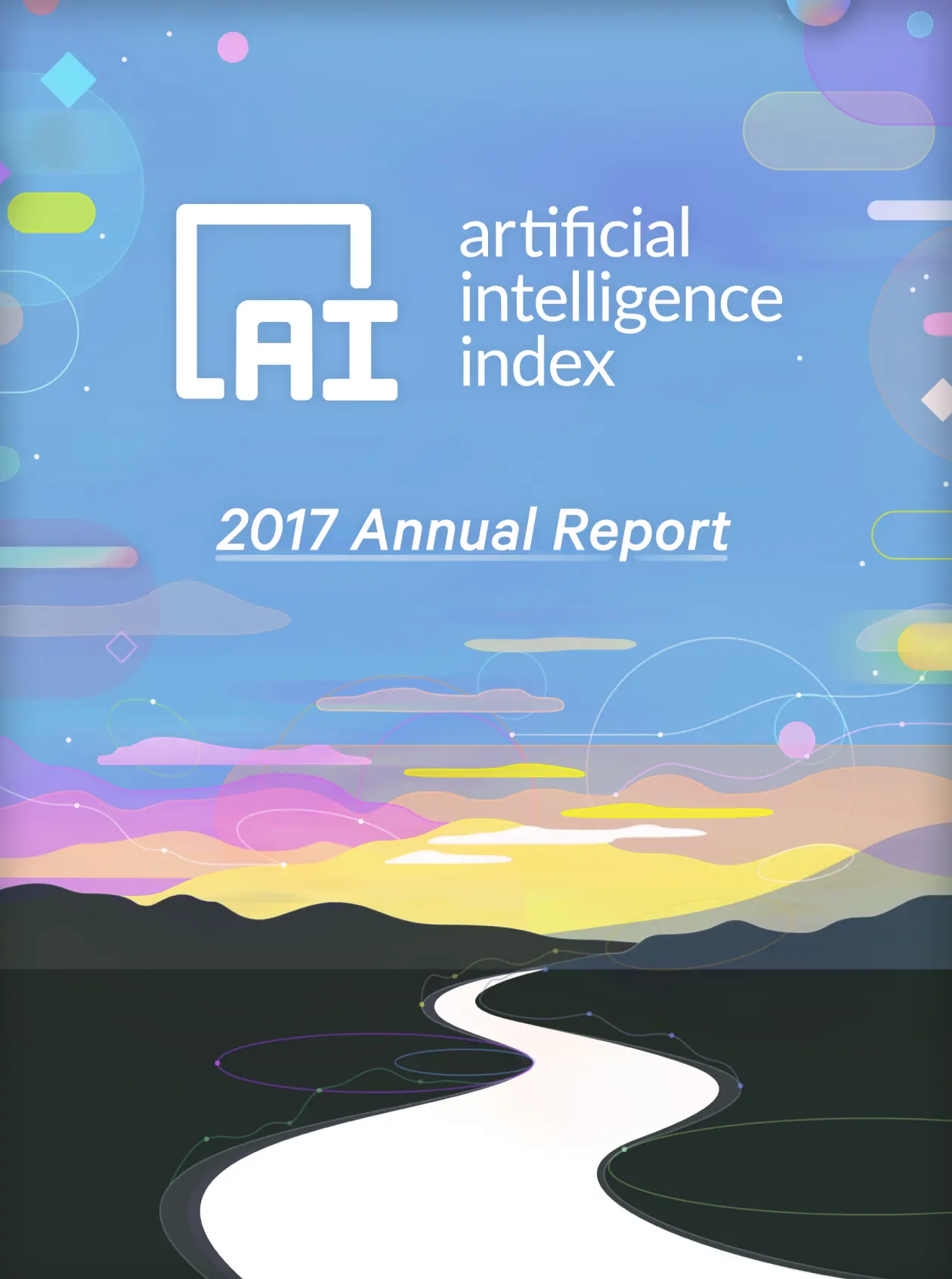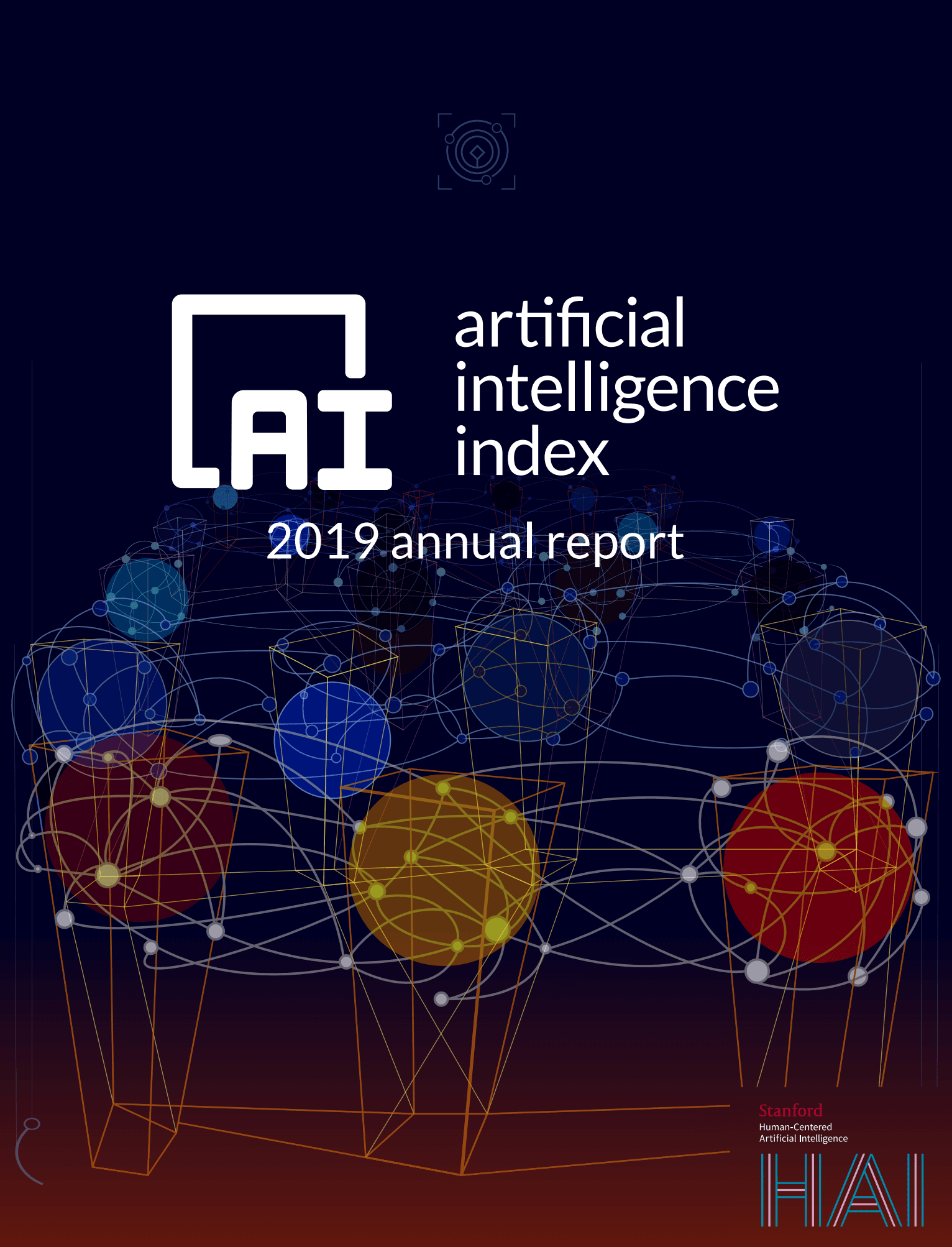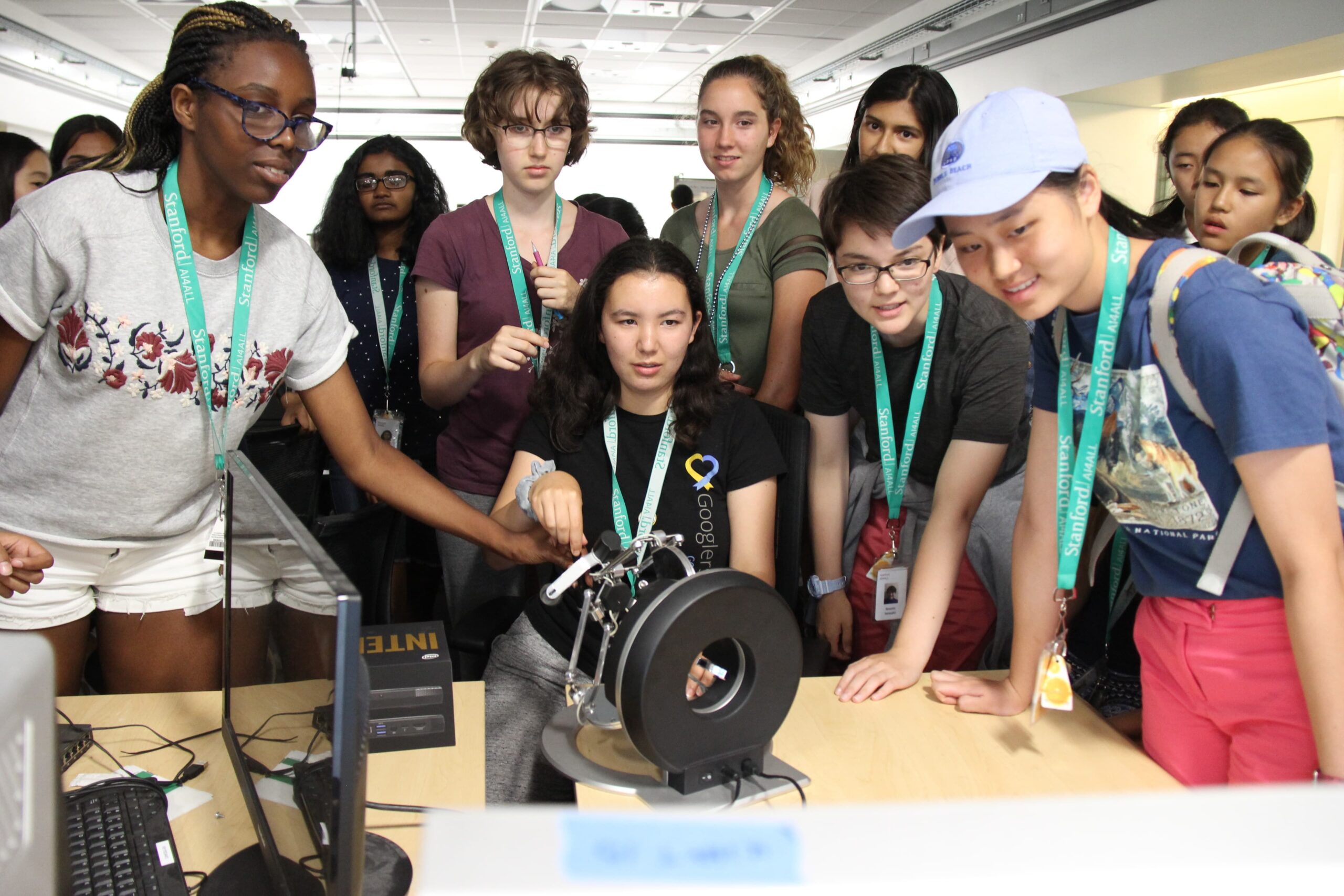As artificial intelligence continues to weave its influence across various sectors, one domain stands out for its unwavering potential to redefine the boundaries of human knowledge and treatment: science and medicine. The symbiotic relationship between AI and the scientific community is giving rise to groundbreaking innovations that promise to revolutionize our understanding of the human body and the natural world. The Stanford HAI’s AI Index Report shines a light on this burgeoning intersection, providing a data-driven roadmap for the future of science and medicine in the age of AI.

Foundation of AI in Science and Medicine

Artificial intelligence (AI) has been transforming the way scientists approach data analysis, leading to rapid advancements and new possibilities in scientific progress. At the heart of this transformation are foundation models, which have revolutionized the way data is handled and utilized.

Defining Foundation Models: How AI is Revolutionizing Data Analysis
Foundation models are statistical models that describe a very large set of data. These models have enabled scientists to move beyond the limitations of “big data,” where they would often cherry-pick clean and tidy data that points to specific learnings. Foundation models, on the other hand, allow scientists to use every piece of data in their big dataset, making predictions and projections possible.
This shift has been instrumental in driving scientific progress, as scientists can now ask questions and get answers from their data. The ability to analyze large datasets comprehensively has opened up new avenues for research and discovery, leading to rapid advancements in various fields of science.

The Rise of Big Data: From Cherry-Picking to Comprehensive Insights
The concept of big data has been around for over a decade, but it wasn’t until the advent of foundation models that scientists could truly harness its power. With the ability to analyze large datasets comprehensively, scientists are no longer limited by the quality and cleanliness of their data.
Foundation models have enabled scientists to move beyond the limitations of cherry-picking data, where they would select specific data points that supported their hypotheses. This approach often led to biased and incomplete conclusions. With foundation models, scientists can now analyze all the data, including the noisy and incomplete parts, to gain a more comprehensive understanding of the underlying phenomena.

AI’s Impact on Scientific Progress: Rapid Advancements and New Possibilities
The impact of AI on scientific progress has been profound. With the ability to analyze large datasets quickly and accurately, scientists are now able to identify patterns and relationships that were previously unknown. This has led to rapid advancements in various fields, from medicine to physics.
The use of foundation models has also enabled scientists to explore new research questions and hypotheses that were previously unfeasible. The ability to analyze large datasets has opened up new avenues for research, leading to new discoveries and breakthroughs.
AI Education and Access: Addressing the Gaps

According to the latest report from Stanford HAI, AI education is expanding globally, but gaps in access and readiness persist. Two-thirds of countries now offer or plan to offer K–12 CS education—twice as many as in 2019—with Africa and Latin America making significant progress. In the US, the number of graduates with bachelor’s degrees in computing has increased 22% over the last 10 years. However, access remains limited in many African countries due to basic infrastructure gaps like electricity. In the US, 81% of K–12 CS teachers say AI should be part of foundational CS education, but less than half feel equipped to teach it.
Expanding AI Education: Global Progress and Persistent Challenges
Despite the progress, challenges persist. In Africa, for instance, basic infrastructure gaps like electricity and internet coverage hinder access to AI education. In the US, the lack of qualified teachers and limited curriculum resources are significant obstacles. Moreover, AI education is often concentrated in urban areas, leaving rural communities behind.
The State of AI Education in the US: Opportunities and Obstacles
In the US, AI education faces unique challenges. The shortage of qualified teachers is a significant concern, with less than half of K–12 CS teachers feeling equipped to teach AI. Furthermore, the lack of curriculum resources and limited funding hinder the development of AI education programs. However, there are opportunities for growth, with the increasing demand for AI skills in the job market driving interest in AI education.
Bridging the Gap: Strategies for Increasing Access to AI Education in Africa and Beyond
To bridge the gap, strategies must focus on increasing access to AI education in underserved communities. This can be achieved through the development of low-cost, adaptable AI education resources and the training of teachers in AI literacy. Additionally, partnerships between governments, educational institutions, and private organizations can help drive innovation and improve access to AI education.
Ethical Considerations and Challenges
The ethical dimensions of AI in science and medicine are a pressing concern. The AI Index Report highlights key concerns and debates, including AI’s impact on clinical care, the ethics of AI development, and the need for accountability and responsibility.
The Ethical Dimensions of AI in Science and Medicine: Key Concerns and Debates
As AI becomes increasingly integrated into science and medicine, ethical considerations are becoming increasingly important. The AI Index Report identifies key concerns, including the potential for AI to exacerbate existing health inequalities, the need for transparency and explainability in AI decision-making, and the potential for AI to displace human clinical judgment.
AI’s Impact on Clinical Care: Weighing Benefits and Risks
The benefits of AI in clinical care are undeniable. AI can help improve diagnostic accuracy, streamline clinical workflows, and enhance patient outcomes. However, the risks must also be carefully considered, including the potential for AI to perpetuate bias, displace human clinical judgment, and exacerbate existing health inequalities.
Navigating the Complexities of AI Development: Responsibility and Accountability
The development of AI is a complex and multifaceted process that requires careful consideration of ethical and social implications. The AI Index Report highlights the need for responsibility and accountability in AI development, including the importance of transparency, explainability, and human oversight.
Conclusion
In conclusion, the AI Index Report by Stanford HAI provides a comprehensive overview of the transformative power of Artificial Intelligence in science and medicine. We’ve explored the significant strides AI has made in accelerating scientific discovery, improving diagnostic accuracy, and streamlining clinical workflows. From AI-assisted microscopy to AI-driven genomics, the potential for AI to revolutionize healthcare is vast and multifaceted. The report’s findings underscore the importance of continued investment in AI research and development, as well as the need for thoughtful consideration of the ethical and societal implications of these technologies.
As we look to the future, it’s clear that AI will continue to play an increasingly prominent role in shaping the trajectory of scientific progress and medical innovation. With the potential to tackle complex challenges like personalized medicine, rare disease diagnosis, and global health disparities, AI has the capacity to drive meaningful improvements in human health and quality of life. However, it’s essential that we approach this future with a critical and nuanced perspective, acknowledging the potential risks and pitfalls that must be mitigated in order to realize the full benefits of AI in science and medicine.
Ultimately, the AI Index Report serves as a clarion call to scientists, policymakers, and healthcare professionals to work together in harnessing the vast potential of AI to drive meaningful progress in human health and well-being. As we forge ahead into this uncharted territory, we must remain committed to a future where AI is developed and deployed in a way that prioritizes equity, transparency, and accountability – a future where the benefits of AI are shared by all, and its risks are carefully managed. Only then can we truly harness the transformative power of AI to create a brighter, healthier future for humanity.